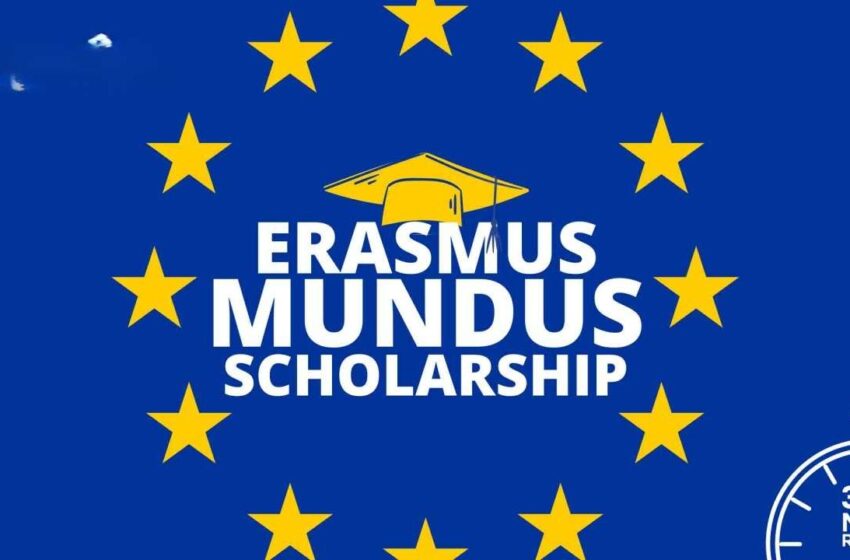Erasmus Mundus Joint Masters Scholarship 2026 (Fully Funded) | How to Apply

Erasmus Mundus Scholarship 2026 | Fully Funded
The Erasmus Mundus Joint Masters Scholarship 2026 is now open, offering one of the most prestigious fully funded opportunities for international students to study in Europe. Backed by the European Union, the program allows students to pursue world-class master’s degrees at top universities across cities like Paris, London, Amsterdam, and Dublin, without worrying about tuition or living expenses.
The scholarship covers full tuition, accommodation, visa costs, and travel expenses, while each selected student also receives a €1,400 monthly stipend for living costs.
About the Scholarship
The Erasmus Mundus program is designed to promote academic excellence and international collaboration. Each scholarship involves at least three higher education institutions (HEIs) from different countries, including at least two EU member states or associated countries.
By supporting students to study across multiple countries during their master’s program, the Erasmus Mundus scholarship not only enhances academic knowledge but also offers a cultural and professional experience that is unmatched globally. Successful applicants will graduate with a joint or multiple degrees recognized by leading universities across Europe.
READ ALSO
Ohio State University Scholarships 2026: How to apply
EIT Graduate Scholarships 2026 at Oxford University: How to apply
Eligibility and Requirements for 2026 Erasmus Mundus Scholarship
To qualify for the Erasmus Mundus Joint Masters Scholarship 2026, applicants must:
- Hold a bachelor’s degree or be in the final year of undergraduate studies, graduating before the program starts.
- Provide a valid academic transcript of records.
- Meet the specific requirements of the chosen program.
- Fulfill the English language requirements (IELTS or equivalent), although many programs accept proof of English proficiency from the applicant’s home institution.
Applicants must also be prepared with supporting documents, including a passport/ID, research and study plan, recommendation letters, and financial statements. The competition is highly selective, with scholarships offered to the best-ranked applicants worldwide.
Benefits of the Joint Masters Scholarship
The fully funded scholarship package covers:
- Tuition fees in full
- Travel and visa expenses
- Accommodation allowance
- €1,400 monthly stipend for living costs
The scholarship duration is 1 to 2 academic years, depending on the master’s program chosen. This ensures students receive consistent financial support throughout their studies. Additionally, Erasmus scholars have the opportunity to study in multiple countries during their program, expanding both their academic and cultural horizons.
How to Apply for Joint Masters Scholarship
Interested candidates must follow a step-by-step application process:
- Visit the official Erasmus Mundus Programme Catalogue on the European Union’s website.
- Select the desired master’s program and carefully review its requirements.
- Complete the online application form.
- Upload all required documents, including academic transcripts, passport copy, study and research plans, and proof of English proficiency.
- Submit the application before the deadline specified by the program.
Some programs may require interviews or additional screenings before final selection. Successful applicants will receive official notification by email.
Frequently Asked Questions About Erasmus Mundus
- What is the minimum CGPA required? A minimum of 2.5 CGPA is recommended, though applicants with Second-Class Lower degrees have been selected before.
- Is there an age limit? No, there is no age restriction, but applicants must be at least 16 years old.
- Is IELTS required? Not always. Some programs accept a Letter of English Proficiency, but IELTS or equivalent tests strengthen the application.
- Can I work while studying? Yes, Erasmus students are permitted to work part-time to supplement their stipend.
- Which country hosts the most Erasmus students? Spain leads with about 47,000 students annually, followed by Germany.

